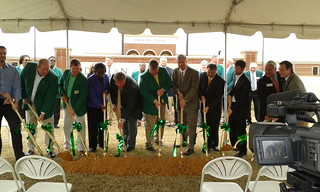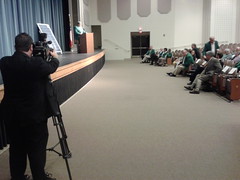 Utilities say that like it’s a bad thing.
The same utilities that
left millions without power in the U.S.
repeatedly last
year, and that
gouge ratepayers for 10% or more profits.
Moore’s Law continues
to drive solar costs down and installations up,
with increasingly more each like compound interest.
Utilties need to adapt or get out of the way.
Utilities say that like it’s a bad thing.
The same utilities that
left millions without power in the U.S.
repeatedly last
year, and that
gouge ratepayers for 10% or more profits.
Moore’s Law continues
to drive solar costs down and installations up,
with increasingly more each like compound interest.
Utilties need to adapt or get out of the way.
Last November Moody’s reported that solar and wind were eroding credit for coal and gas power plants, and were already having ‘a profound negative impact’ on the competitiveness of thermal generation companies. That was in Europe. David Roberts wrote for Grist yesterday, Solar panels could destroy U.S. utilities, according to U.S. utilities,
The thing to remember is that it is in a utility’s financial interest to generate (or buy) and deliver as much power as possible. The higher the demand, the higher the investments, the higher the utility shareholder profits. In short, all things being equal, utilities want to sell more power. (All things are occasionally not equal, but we’ll leave those complications aside for now.)
And they want to produce that power from big baseload power stations for their economy of scale while the monopoly power utilities get guaranteed profits, not to mention huge ratepayer and loan-guaranteed boondoggles like the new nukes at Plant Vogtle. (Electric Member Cooperatives are somewhat different.)
Continue readingNow, into this cozy business model enters cheap distributed solar PV, which eats away at it like acid.













